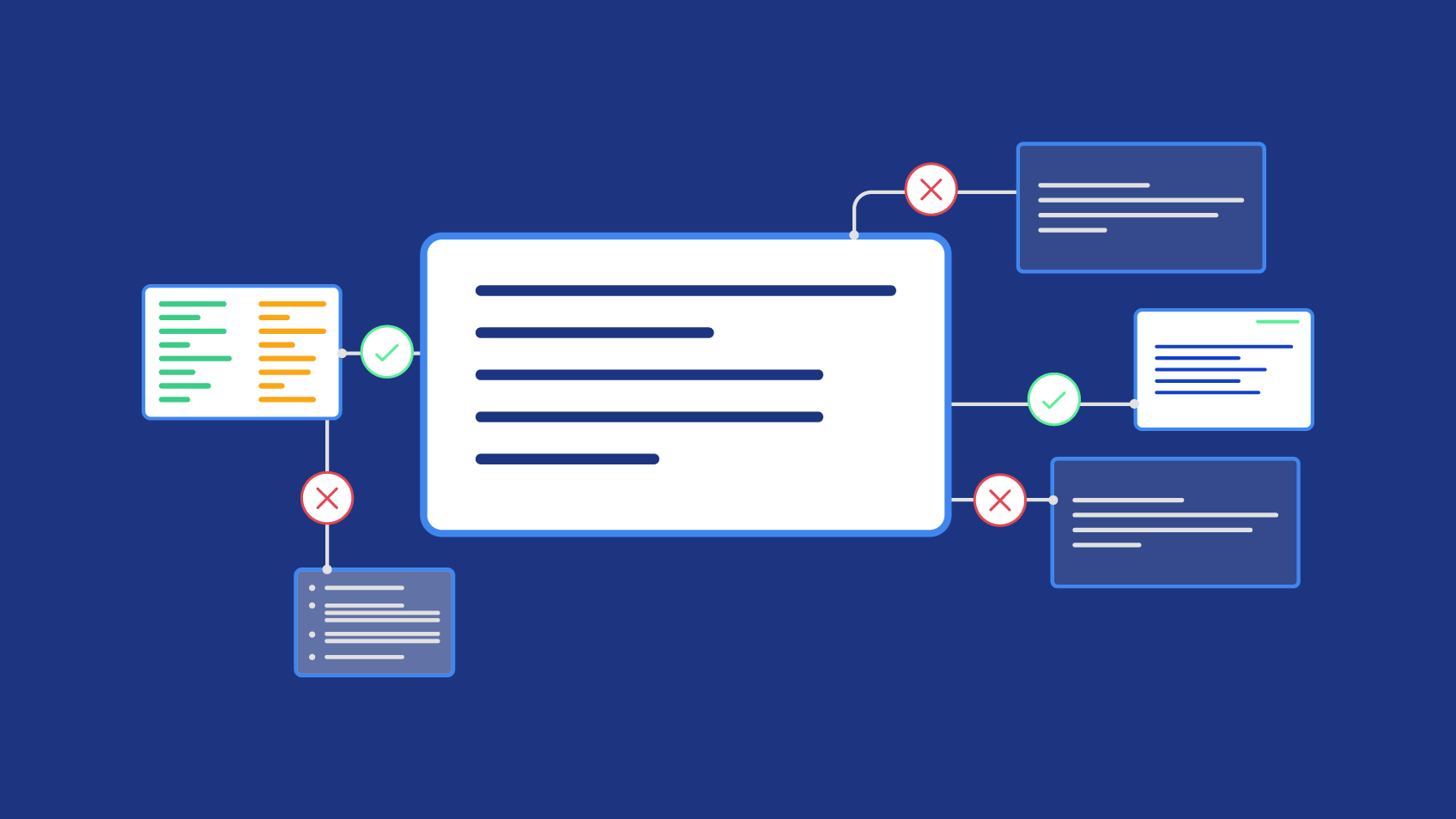5 SECONDS SUMMARY:
- Materializing UX projects means promoting innovation and creating relevant competitive advantages;
- There are 3 steps to structure a UX project. Those are fundamental steps for a strong partnership between development teams and the client: Discovery, Strategy and Prototyping.
In a world bombarded with “experiences”, lights, colours, sounds, and the latest gadgets, we fall into a constant intrusive and uninteresting call for attention that confuses us and does not help to conduct teamwork.
Who has never had problems with scoping and closing estimates or felt that communication failed throughout the project and the team had to redo the deliverables that they expected to close in a timely manner?
Precisely because we believe that everything is UX, solving these challenges is not simple, but we do magic – or do we do experience? Let’s find out the 3 steps to structure a UX project!
Xpand IT Solution
By materializing UX processes, we aim to promote innovation and create relevant competitive advantages throughout the project. The structure of this methodology goes through phases such as Discovery, Strategy and Prototyping – 3 steps that enhance a strong partnership between teams throughout the process. This partnership translates into the following:
- Management of innovative and creative expectations that stimulate and result in a positive result;
- A closer relationship between the physical and digital world, emphasizing digital support and message/communication in a playful and non-intrusive way;
- Information and usability in parallel with a relationship of proximity and stimuli, opening doors to more interactive and motivational engagement;
- Response and feedback from users in real time, simplifying levels of accessibility and information processing;
- Insights and communication plans that facilitate the bridge between different teams;
- Closer and more relevant relationships, giving technology-enhanced journeys to processes and experiences.
3 steps to structure a UX project:
Discovery
When we want to differentiate ourselves in the market plan, we have a learning curve but also, and above all, we face a Research curve. Before taking any decision, we must identify the problem to be armed with all the useful information that will lead us in the right direction.
In this Discovery phase, it is imperative that we ask questions and try out ideas so that the project is robust from the very first moment:
- IDEATION: Survey of concepts, ideas, priorities and added value;
- RESEARCH: Observe the world around us and identify the opportunity and added value;
- MAPPING: Understanding the scope and focus of the project to arrive at the solution;
- SCOPE: Build and add meaning to the project in the life of the client/user.
Strategy
The context in which we find ourselves changes overnight, as we all know. What is true today was not true in the past and will certainly be updated in the future. We quickly realize that executing a task “just because” can have a serious impact on the future of a project – think and analyse first is the premise. Before moving on to change, we must assess the impact and effort of it and, above all, the added value of the solution we bring to the table.
The focus on designing a Strategy helps ensure that the project is always up-to-date and focused on a good experience:
- ANALYSIS: Survey all useful information before executing;
- VALUE PROPOSITION: Based on Research and Analysis, reach a differentiating factor;
- IMPACT/EFFORT: Greater productivity and alignment of expectations, with a view to evolution;
- STRATEGY (here as a hinge between teams): Translating business into a good experience.
Prototyping
To Listen, To Observe, To Analyse – we have no other way to empathize with our users. Testing our solutions designed during a project does not mean weakness – on the contrary. It means Strategy, Information and Plan of a project focused on Excellency, which is the motto at XpandIT:
- ITERATION: Validation and management of expectations in the experience construction;
- USABILITY TESTS: Make mistakes early to correct them faster and succeed upstream;
- FLOWS: Ensure 360 vision, scope focus and user-centric journeys
- QA UX: Before delivering, always ensure quality.
The numbers don’t lie
It costs 10 times more to resolve a bad experience in development and up to 100 times more when the product/service is already in production (Forbes), which translates into 50% of developers’ time fixing errors – this is when we do not materialize the above process to optimize the experience (User Experience Association).
However, if we do, we can catch 85% of issues in a testing phase, giving us room to learn, improve and succeed faster (User Experience Association).
User Experience is considered the top #3 most sought-after skill by IT consultants, with 87% of IT managers betting strongly and increasingly on an experience allied and enhanced by technology (Linkedin Skills Annual Report & Adobe Report), especially in today’s reality – Only 25% of users retain information when it is combined with good technology and a good experience. Only 2 minutes is the time we have for the business conversion window.
UX at Xpand IT is committed to a strategic partnership with you and users so that the end result is never less than excellent. What we offer you is value combined with technique, it is excellence in the result – This is where we fit in and stand out, this is the dynamite we add to the partnerships we find and maintain.
Shall we embrace this challenge together? Feel free to contact us.

Project Manager, DX – Services, Xpand IT














